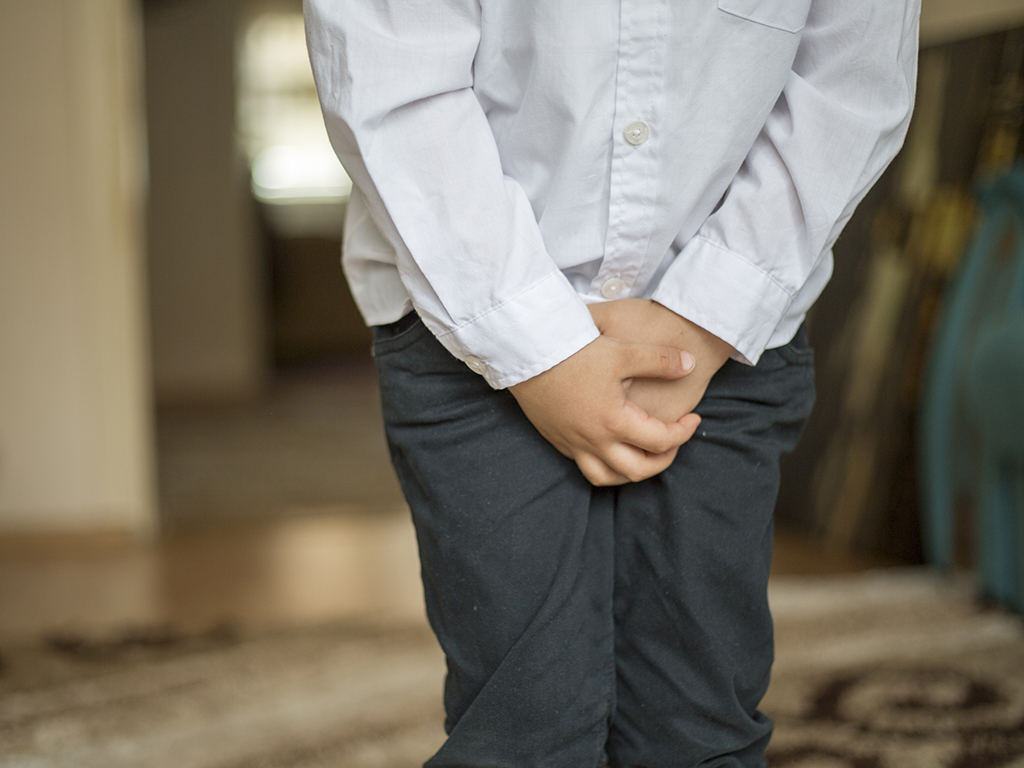There’s something to be said for parental instinct. There’s even more to be said about it when it saves a child’s life.

One mom in California wrote an essay explaining how, despite what her pediatrician’s office had told her, she dug deeper into her six-year-old son’s frequent trips to the bathroom, and discovered that he had diabetes.
WATCH BELOW: Fighting diabetes naturally

When she called her pediatrician’s office and spoke to a nurse, she was almost dissuaded from pursuing her suspicions that Benjamin could be diabetic.
“I called our pediatrician’s office as soon as it opened and spoke with a nurse who asked if there were any other symptoms, such as excessive thirst, weight loss, fatigue, irritability, vomiting, etc. I said no to vomiting and fatigue but, as for the others, I wasn’t sure.”
That’s when the nurse told Tarnoff that she didn’t think diabetes was a possibility and to merely restrict Benjamin’s liquids before bedtime.
Unconvinced, Tarnoff followed her gut instinct and took Benjamin to Stanford Hospital’s urgent care clinic where doctors found sugar in his urine. A subsequent finger-prick blood test revealed that he had a blood glucose count of 325. (A normal level is between 70 and 99.) That’s when he was diagnosed with Type 1 diabetes.
“And because we caught it early, the results of the next test — for ketoacidosis, a potentially life-threatening diabetes-related complication — were negative,” she wrote.
“So after a short, precautionary visit to the ER for intravenous fluids and Benjamin’s first dose of insulin, we were able to take him home and sleep in our own beds.”
Dr. Dina Kulik, a Toronto-based pediatrician with Kidcrew Medical, says Tarnoff was right to trust her instincts and further investigate her son’s frequent urination.
“Excessive urination is definitely a sign of diabetes,” she says. “Drinking too much and increasing your eating while not gaining weight, or in fact, losing weight, are also symptoms of the disease.”
The reason liquid increase is common is because as the sugar levels rise in the blood and it doesn’t get distributed into the blood cells, it acts as a diuretic, causing a person to urinate more frequently.
But not testing for it, if it’s a possibility, is a mistake, especially since it’s a quick and easy test.
Although Tarnoff said the initial diagnosis was a blow, the doctor’s reassurance that Benjamin can still lead a normal life helped her cope.
“There can be risks to the kidney and vision problems, and sometimes people have difficulty with blood flow to their extremities, which is why you hear of older people having a toe amputated,” Kulik says.
“But if the sugars are maintained closely, a person with Type 1 diabetes can absolutely have a normal life.”






Comments